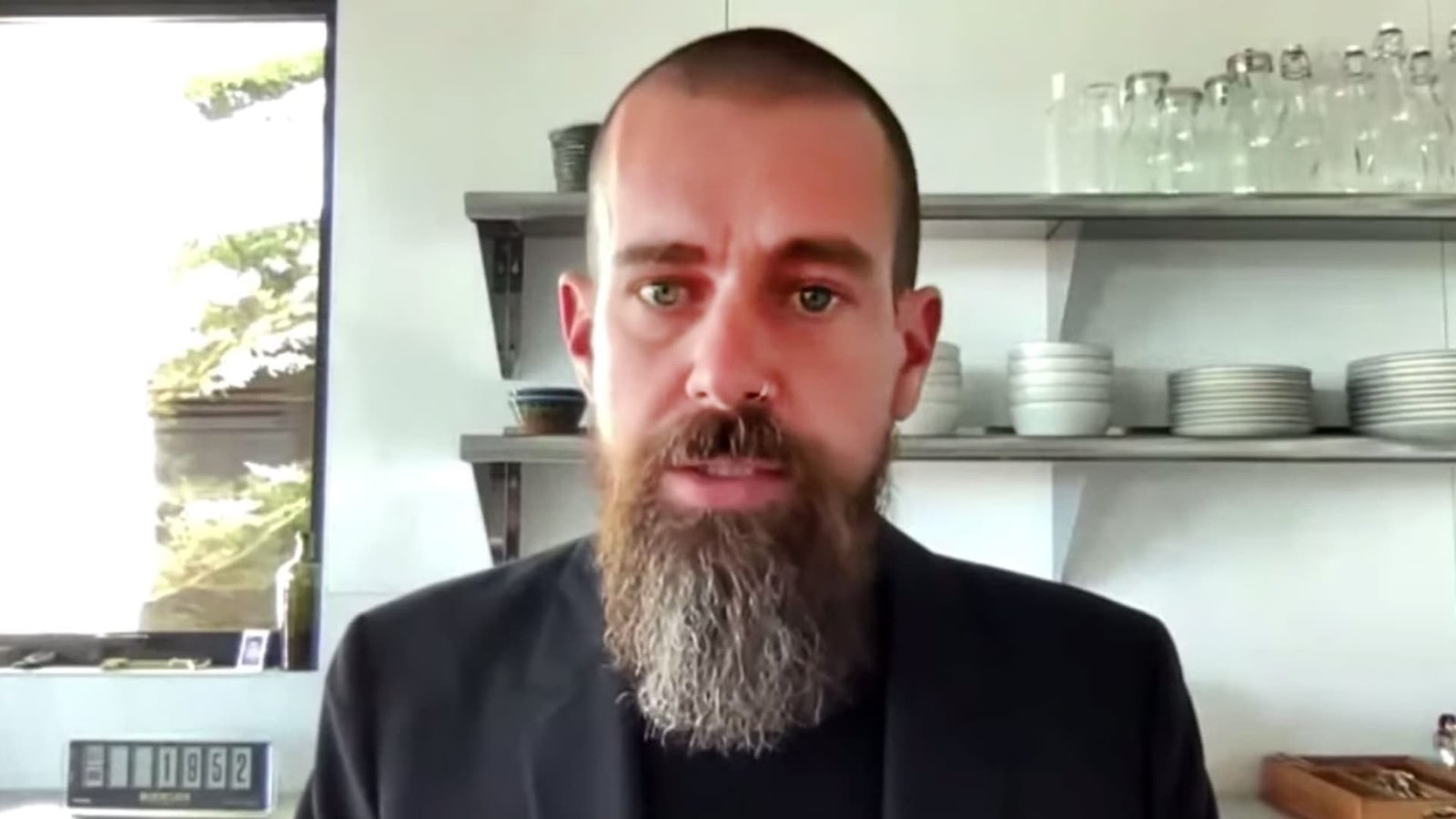An apology can be a crucial opportunity to spark positive change and build trust.
That’s especially true for bosses and leaders, who sometimes have to make public statements acknowledging missteps or give internal apologies to their employees. Take Air India CEO Campbell Wilson, for example. In a June 12 video, shortly after an airplane crash that killed over 260 people, Wilson delivered remarks that drew hundreds of comments.
Some called for his resignation, while others thanked Wilson for his effort. And some viewers noticed identical language in a public apology from American Airlines CEO Robert Isom, who released a statement after a fatal crash on January 29.
effective apology. He expressed “deep sorrow” about the crash, stated his intention to focus on passengers’ loved ones and shared a helpline for them to use. He also said that the company was working closely with law enforcement and investigators on emergency response efforts, and to find out the cause of the accident.
“When a leader apologizes, they need to take full responsibility by showing they understand what went wrong, and also that they have a clear path forward to fix what happened and ensure it doesn’t happen again,” communication consultant and keynote speaker Lorraine K. Lee tells CNBC Make It.
Whether you’re the CEO of a major airline addressing a tragedy or a middle manager apologizing for something more minor, “timing is everything,” adds Lee, who teaches public speaking courses at Stanford.
“If you wait too long to respond, you will look like you don’t care or aren’t being proactive. If you speak too quickly without a plan in place, you can misspeak or lose some credibility,” she says. “The best approach is to acknowledge the situation early and let people know you’re aware and taking it seriously — and then follow up soon after with a thoughtful response and a plan of action.”
It’s also important for other leaders, like managers and senior staff, to stay visible and address any issues in a timely way. If you caused a problem at work, get in front of it early and take full ownership instead of being holed up in your office until things blow over or glossing over the situation, says Lee.
blog post.
Ultimately, no matter what company a boss or CEO works for, “people want to hear from the leader, not the brand,” she says. “When you combine that with a plan, you look like a leader who can be trusted, who cares, and who knows what they’re doing.”
Are you ready to buy a house? Take Smarter by CNBC Make It’s new online course How to Buy Your First Home. Expert instructors will help you weigh the cost of renting vs. buying, financially prepare, and confidently navigate every step of the process—from mortgage basics to closing the deal. Sign up today and use coupon code EARLYBIRD for an introductory discount of 30% off $97 (+taxes and fees) through July 15, 2025.
Plus, sign up for CNBC Make It’s newsletter to get tips and tricks for success at work, with money and in life, and request to join our exclusive community on LinkedIn to connect with experts and peers.



